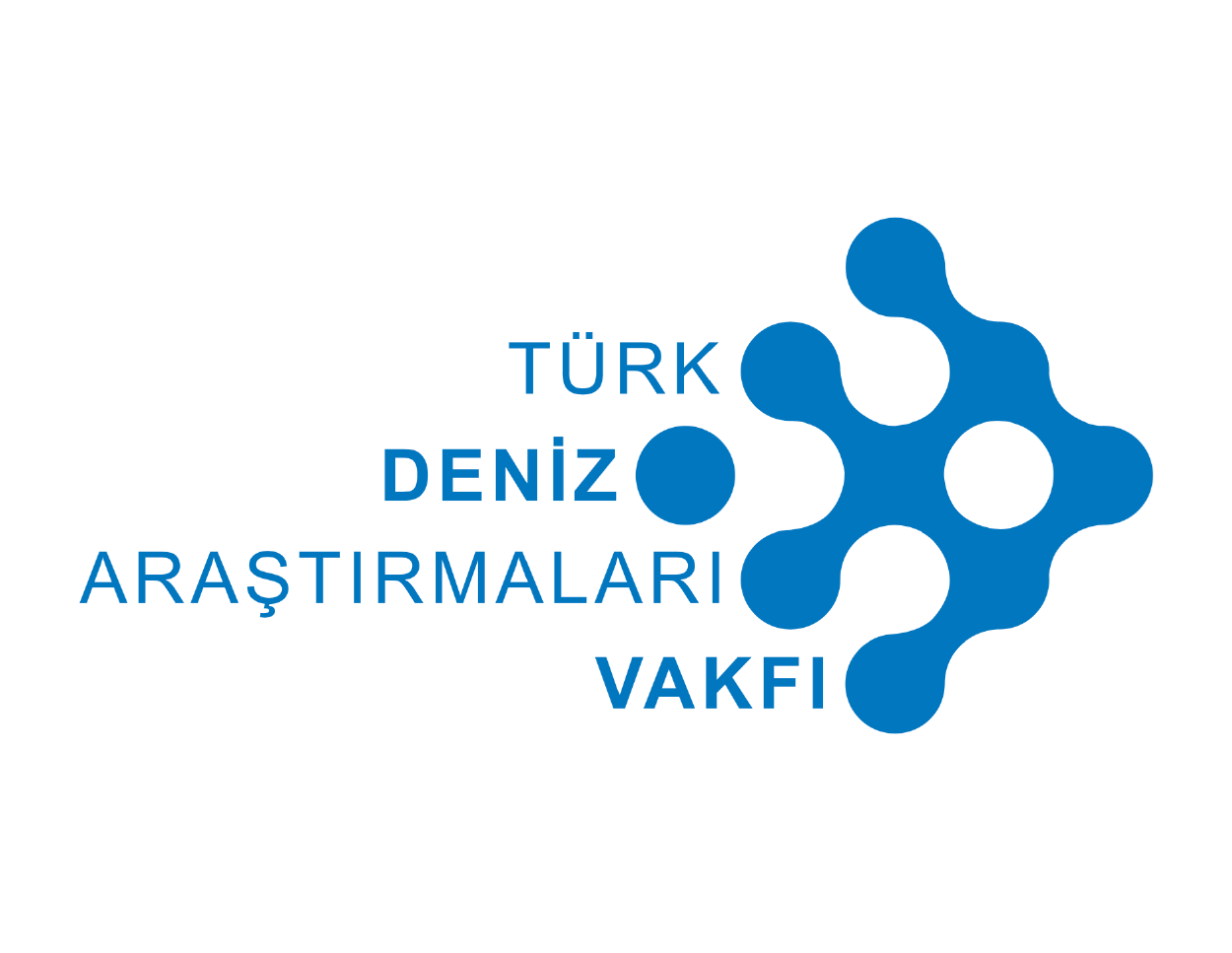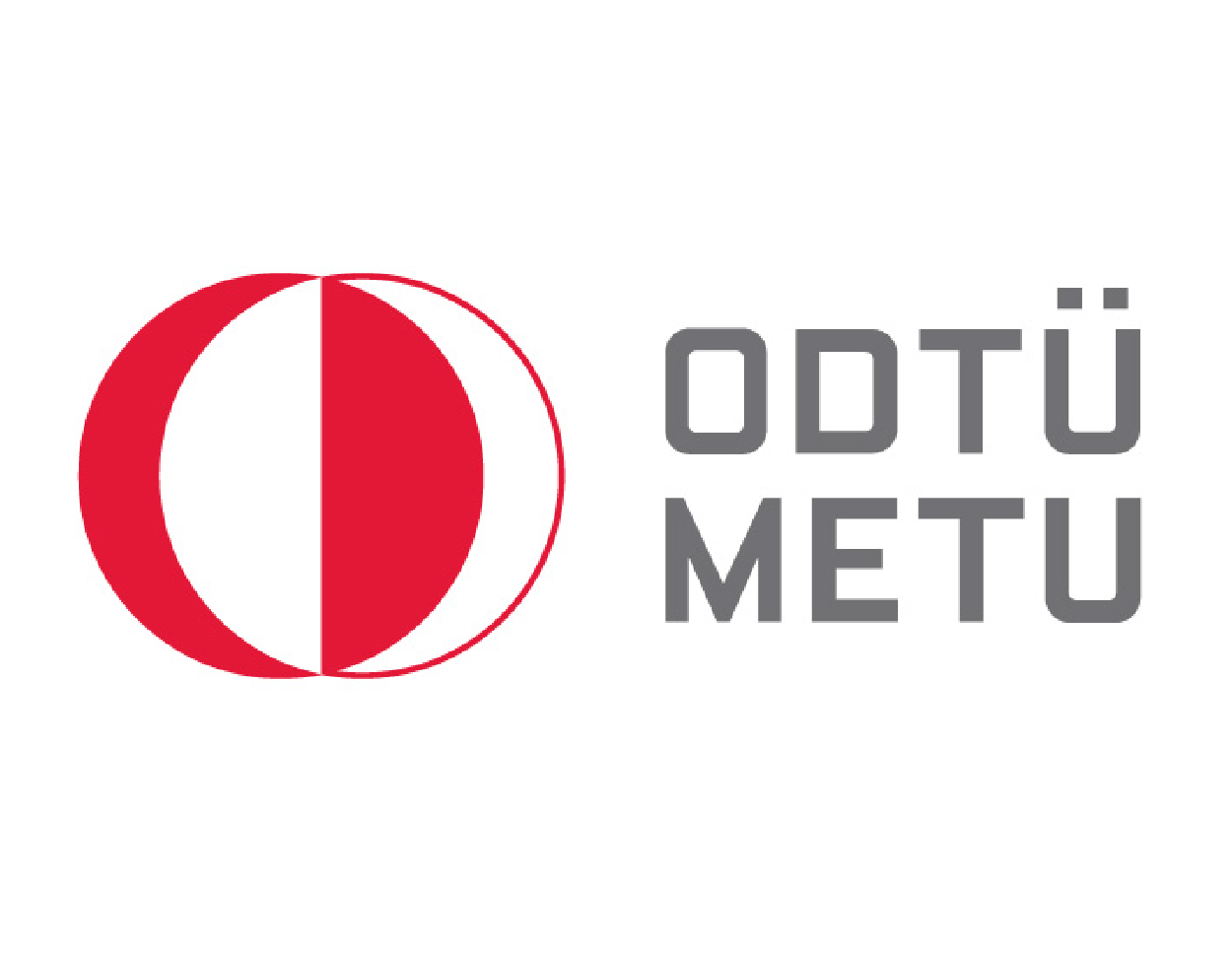PILOT SITE 1
BOSPORUS SITE OF THE WESTERN BLACK SEA

ABOUT THE PS1
The PS1 Bosporus Site encompasses the shelf and slope between Demirköy and Kandra districts, along a coastline shared by İstanbul, Kırklareli, and Kocaeli provinces, with a combined population of approximately 20 million. Spanning an area of about 12,500 km², the region is notable for the Mediterranean bottom water inflow from the İstanbul Strait, which supplies oxygen to the Black Sea's anoxic layer.
The area's mesoscale hydrographical features, bounded by the Rim Current to the north and the coastline to the south, create a retention zone crucial for small pelagic fish migrating between nursery and overwintering grounds. Unlike most of the southern Black Sea, characterized by a narrow continental shelf, this region has a shelf extending up to 50 km offshore, providing vital habitat for demersal fish species.
In PS1, fisheries and maritime transport have long been dominant sectors, while tourism and offshore energy (wind and wave) hold significant growth potential.
KEY ECOSYSTEM SERVICES

PROVISIONING: FISH AND SEAFOOD

REGULATING AND MAINTENANCE

CULTURAL SERVICES: RECREATION AND TOURISM
SUSTAINABLE BLUE ECONOMY OPPORTUNITIES
KEY MULTI-STRESSORS

OVERFISHING

NUTRIENT LOADS

ACUTE POLLUTION

INVASIVE SPECIES

ILLEGAL FISHING
BRIDGE-BS ACTIVITIES IN THE PS1

- A comprehensive dataset has been collected over seven years as part of the National Integrated Marine Pollution Monitoring Program.
- In addition to the existing data, three new sampling stations in PS1 were established and sampled during the summers of 2022, 2023, and 2024.
- All sampling activities from 2017 to 2024 were conducted aboard the R/V TÜBİTAK MARMARA.
- From 9 to 11 July 2024, the R/V Alemdar II, operated by Istanbul University, conducted a cruise to monitor the inflow of Mediterranean water through the Bosphorus.
- On 9 July 2024, a joint offshore intercomparison exercise for CTD and dissolved oxygen measurements was carried out by Istanbul University and METU.
- METU conducted four seasonal expeditions (2021–2024) covering the entire basin and PS1.
- Three Rounds of Living Labs were held: one online and two onsite, engaging approximately 50 participants from various sectors and local communities.
- Activities included the creation of a Mind Map to identify pressures on the ecosystem, as well as the prioritization of ecosystem services.
- Scenarios for Sustainable Blue Economy were developed and spatialized using a Cum-Risk Based Assessment approach.
- The outcomes of the final Living Lab, conducted in Istanbul, are being utilized to shape the Transformative Pathway through collaborative efforts.
- A novel catalase enzyme gene was identified in Black Sea sediment samples using metagenomics techniques.
- The enzyme was successfully expressed, purified, and tested. Activity assays demonstrated that it remains functional within a temperature range of 4-35°C, a pH range of 6-9, and a salt (NaCl) concentration range of 0-3M.
- These findings were included in the “D5.4 Report on Black Sea Microbial Biotech Potential Demonstrator.”
- A presentation was delivered at the Young Ambassador event, held at Mimar Sinan Fine Arts University as part of World Environment Day.
- The talk emphasized the importance of both protecting the seas and serving as ambassadors for environmental awareness.
- Boat Cruises: During the summer of 2023, dolphin-watching boat tours were organized in the Bosphorus in collaboration with Beykoz Municipality and the District Directorate of National Education.
- A joint cruise by METU and IU MSI took place in July 2024.
- Sustainable Blue Growth scenarios for Pilot Site 1 (2050) were developed with stakeholders, addressing conflicts through discussions and questionnaires, using a risk-based approach to map cumulative pressures.
PARTNERS INVOLVED










